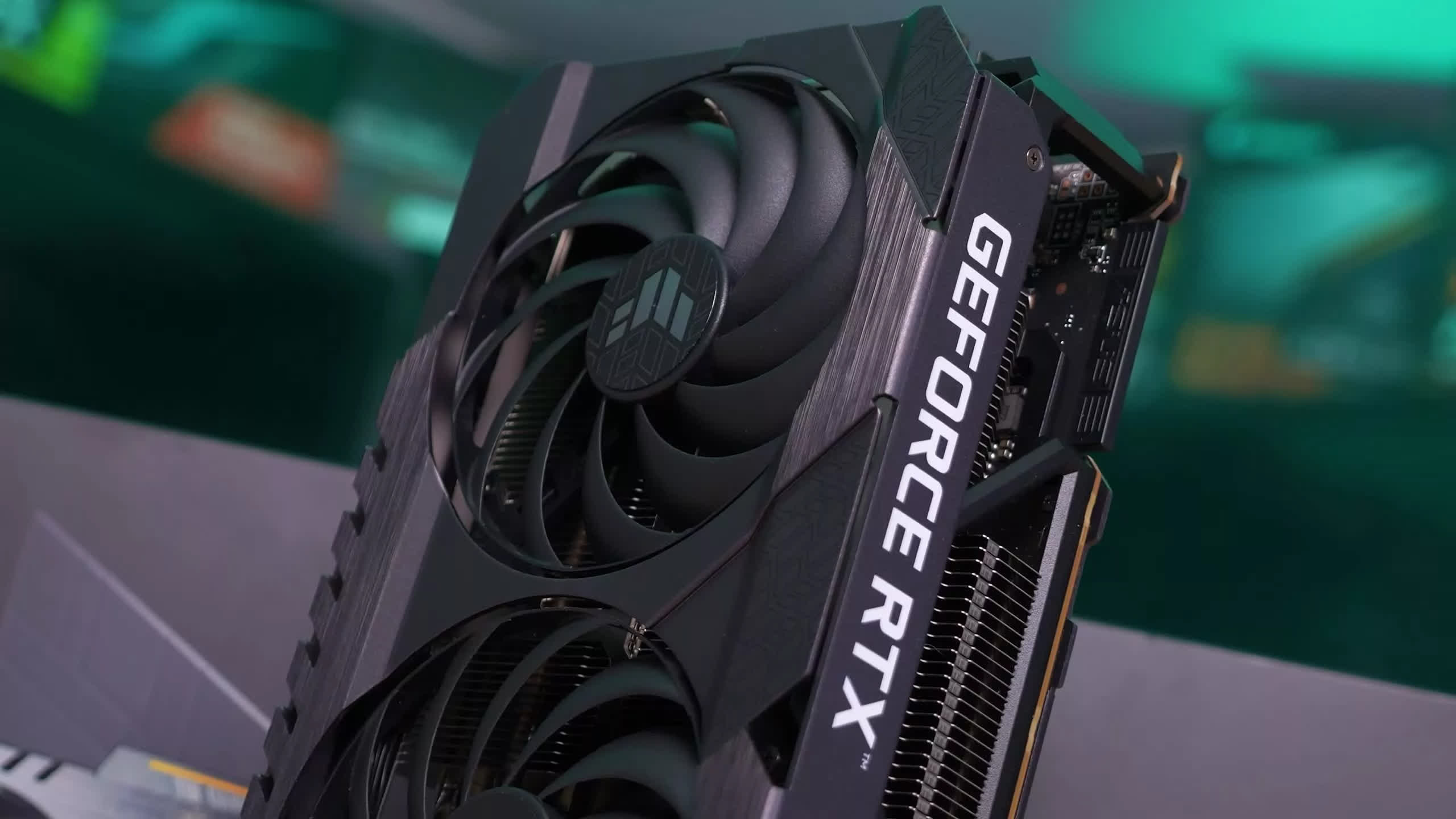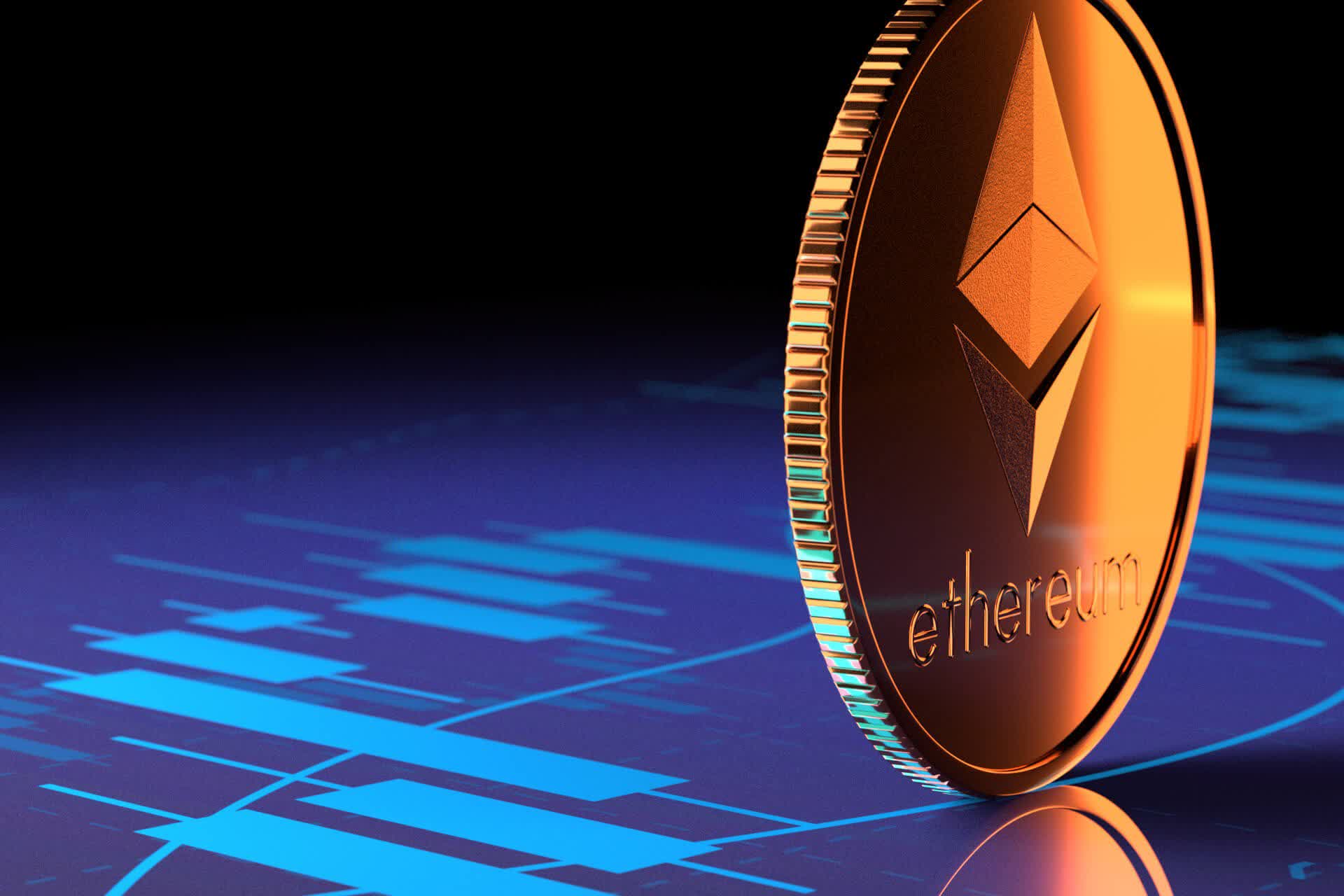In context: Cryptocurrency miners and PC users have anticipated Ethereum's "Merge" throughout the year amidst multiple delays. Arguably one of the most significant events in cryptocurrency history, it should drastically cut Ethereum's carbon emissions and lessen demand in a GPU market already set for new hardware launches.
Earlier this month, the Ethereum Foundation announced its momentous "Merge" would finally come in mid-September. Ethereum developers have long planned to switch the cryptocurrency from its current proof-of-work model to proof-of-stake.
Under proof-of-work, Ethereum's algorithm made ordinary PC graphics cards uniquely well-suited to mining it. For the last several years, miners have bought GPUs for mining rigs instead of gaming or other workloads, inflating their prices. The pandemic supply disruptions of the previous couple of years made things worse, pushing some cards toward double their MSRP.
Furthermore, those mining rigs require massive energy investments, collectively adding a carbon footprint equivalent to a small country. Proof-of-stake doesn't require the same amount of energy or expensive hardware as proof-of-work, which the developers think will encourage further investment.

So far, the delicate transition process has followed plans the developers established in April, with a final August 10 draft rehearsal proving successful. The target date for moving the primary network to proof-of-stake is September 15, give or take a few days.
Whatever effect the Merge may have on the GPU market, prices have already been falling since May's crypto crash. However, they aren't as low as they could be, especially for Nvidia's 30 series cards. This month's GPU report shows that while Nvidia's top-end GPUs like the RTX 3090 and 3080 are significantly below MSRP, mainstream cards like the 3060 and especially the 3050 still haven't reached desirable prices. In every series, mid-range cards tend to be the most popular. Although, prices for new AMD GPUs and used GPUs, in general, are depressed across the board.
Currently, Nvidia and AMD are trying to clear stock before launching their new lineups later this year. The Merge could end GPU mining mere weeks before AMD's Radeon 7000 GPUs and Nvidia's RTX 4000 cards arrive, leading to a completely different market from late 2020 when the 30 series and AMD's Radeon 6000 series first launched.
